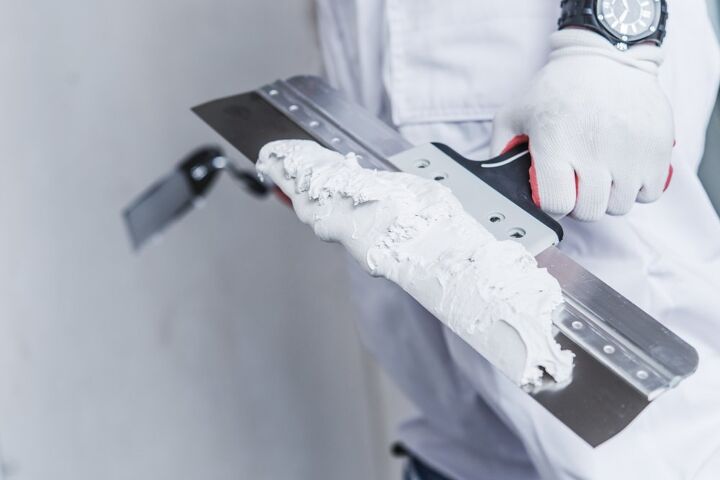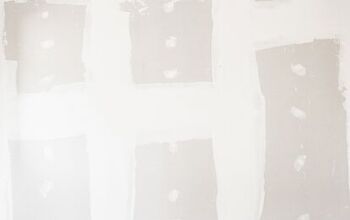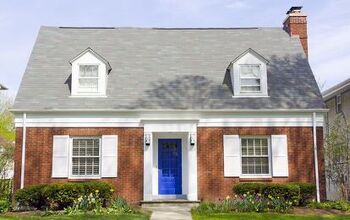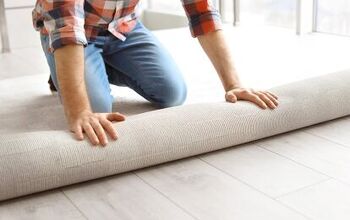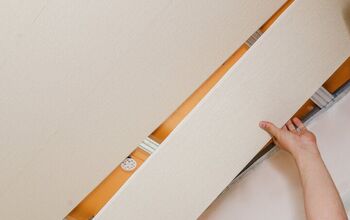Can You Put Drywall Mud Over Primer? (Find Out Now!)

Let’s just imagine the following situation. You have worked tirelessly at assembling the drywall, and deemed it perfect. You’re good to go! You’ve decided to add a nice coat of primer…and then something happens. Maybe it’s an errand nick, or a misjoined corner. Can you put drywall mud over the cured primer?
Putting drywall mud over primer is perfectly fine. Wait for the primer to be totally cured, scuff it with 120-grit sandpaper and then add all-purpose drywall mud over the surface that needs mudding. To finish things off, add primer to the newly-mudded areas.
If you had a small mistake that you want to fix, it’s good to know that much of your touchups can be done fairly easily. We’ll spell it out for you.
Do You Need Drywall Repair Services?
Get free, zero-commitment quotes from pro contractors near you.

What Does Primer Do For Drywall Mud?
First, let’s start with the obvious. Joint compound (erm, mud) is there to patch up holes and pins. It does not have the same porosity as a primed wall. It’s also not evenly porous. This means that any paint directly applied to drywall mud will look blotchy.
Primer is there to smooth out imperfections and give walls a seamless look. It’s there to help paint stick better to the walls once they have been properly constructed. This also helps reduce the appearance of random porous spaces in your walls. Overall, it’s what makes a paint job look good.
What Should You Do If You Need To Add Mud Over Primed Drywall?
Nicks happen. Scuffs do, too. Thankfully, if you need to re-mud your primed drywall, it won’t take too long. Here’s the step-by-step guide on what you need to do.
- Before you even think about doing anything, wait for the primer to cure. If you try to sand down barely-cured primer, you will wreck your wall and possibly the sandpaper you used to do it. You can find out how long to wait below.
- Grab 120-grit sandpaper and start scuffing the drywall that you want to add mud to. You may need scuff the edges around that area as well, if only to make sure the primer looks even. The scuffs are there to help the primer gain traction.
- Grab the primer of your choice, and apply it. You can use the paintbrush or the roller that you want to use. Don’t apply the primer too quickly, as this could cause the walls to crack. When doing your application, make sure to use clean, even strokes. You don’t want to miss or over-apply.
- Add a second coat of primer, if necessary, once the primer dries. Most of the time, this will be mandatory. You can check the can of primer to figure out whether it’s the right move for you.
Do You Need To Re-Prime Your Walls?
If you scuffed your walls or added a little extra mud to them, the answer is a clear yes. Trying to paint over walls that have simple drywall mud is never a good idea. Even worse, if you have spots of mud over a mostly-primed wall, you’re basically asking for your walls to look patchy.
Can You Use Self-Priming Wall Paint Instead?
Self-priming wall paint is a great way to skip the primer step on your walls, even if you just added a thin layer of drywall. If you choose to go with self-priming paint, you still may have to scuff the walls a little bit. It’s best to look at the instructions on the can of paint to find the best application method that you can use.
How Long Should You Wait Before You Put Drywall Mud Over Primer?
So, there are several schools of thought on this. Some people feel like it’s fine to do when the primer cures—whatever time it says on the can it had. This gives you a shorter wait time in many situations, with wait times as low as 8 to 12 hours.
However, this is not always the safest bet. Newly laid out drywall often requires you to give extra waiting time for every step in the process. That includes waiting for the drywall to settle, then waiting for the primer, then waiting for the paint to dry. A good rule of thumb would be to wait for at least 24 hours between each step.
Do You Need Drywall Repair Services?
Get free, zero-commitment quotes from pro contractors near you.

Related Questions
How many coats of paint should freshly-primed drywall receive?
The standard number of paint coats for a brand new, primed wall is two. In some cases, you may need an additional coat. This is more common when it comes to darker shades. If you are painting a wall that has been painted in the past, you may need additional coats of paint.However, this is only the case if the paint from the old wall is looking like it will bleed through. It’s best to wait until the coats dry to figure out what’s going on.
Do you need to apply primer before you add mud?
Believe it or not, there is no reason to try to apply primer before you add mud to a wall. In most cases, it will not make any difference whatsoever in the outcome of your walls. In some cases, primer can actually be detrimental to the use of mud on drywall.If you prime drywall and apply it to the paper of your tape, you might actually seal the tape. This can potentially make it hard for the drywall mud to properly adhere to the tape. The end result? You will end up wasting money and possibly ruining the work that you did.
Can you skim coat over primer?
If you need to add a little skim coat over your primer, then we have good news for you. Adding skim coat over primer will not cause a problem for your finished drywall. Some people actually prime before their skim coat in order to make it easier to spot defects they have to fix. Topping mud is often the best pick for skimming over primed walls, though all-purpose mud is good too.

Ossiana Tepfenhart is an expert writer, focusing on interior design and general home tips. Writing is her life, and it's what she does best. Her interests include art and real estate investments.
More by Ossiana Tepfenhart



